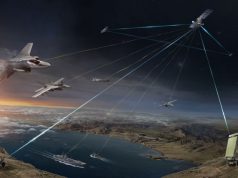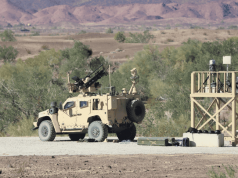The US Marine Corps’s CH-53E Super Stallion helicopter has begun initial testing/development of a new low speed precision control (LSPC) system that is designed provide aircraft stabilization in a degraded visual environment.
The LSPC system provides flight control augmentation to reduce the workload on the aircrew in landings and external lift evolutions during brownout environments – the most difficult flight regimes.
Issues flying in degraded visual environments (or brownouts) became more transparent during operations in the Middle East and areas with sandy landing areas. This environment increased the probability for aircraft drift during landing and takeoff.
According to the US Naval Air Systems Command (NAVAIR), the LSPC was already in development, but a contract needed to be put in place expeditiously to ensure the continued development of a prototype.
“Our job was to contract and develop the LSPC system and prepare it to integrate into the CH-53E and eventually other legacy rotorcraft,” said Lt. Col. Michael J. Shull, PMA-261 air vehicle integrated product team co-lead.
The outcome of the project is to design and demonstrate a prototype of the LSPC in a representative “hardware-in-the-loop” system integration lab, where the actual box containing the LSPC software is tested in a simulator. The prototype will then be integrated and tested on a CH-53E in brownout environments, NAVAIR said.
According to Shull, the team began the acquisition process in September 2019, coordinating with NAVAIR and the air vehicle engineering department for the NAWCAD to generate the required documentation, white papers, and then to select a contractor.
“We spent a good deal of time coordinating with business financial managers and the comptroller to ensure the continuing resolution funding was in place,” said Shull. “We were able to go under contract in January 2020 about 4.5 months from idea to contract.”



























